Progress and prospects of the DARPA / Dynetics X-61A Gremlins project
Over the past several years, the American agency DARPA and commercial contractors have been developing a promising unmanned aerial complex for group use Gremlins. In this project, several original ideas are being implemented that will allow the Air Force to obtain a number of new combat and operational capabilities. However, the project turns out to be quite complex and has already encountered problems.
Goals and objectives
Research work on Gremlins began in 2014 at the initiative of DARPA. The goal of the project was to search and test technologies for creating promising UAVs capable of solving a wide range of tasks independently or in a group, incl. under the control of a manned aircraft. At the same time, the most daring ideas were proposed.
According to the general concept, the Gremlins complex should include a number of UAVs of medium size and weight with a semi-autonomous control system. Such devices must be delivered to the launch area using a specially equipped military transport aircraft and then begin an independent flight. After completing the task Drones it is proposed to return the carrier aboard for delivery to the base, further maintenance and preparation for a new operation.
It was reported that UAVs of this kind will be able to solve a wide range of tasks, both independently and in interaction with a manned tactical aviation... At the same time, no specifics were given. Possible payload types were not named either.
Project progress
For several years, the research and competition part of the project was carried out. Since 2018, the lead contractor for the Gremlins is Dynetics from the Leidos Company with its X-61A UAV project. On the basis of a previously created preliminary project, she developed a full-fledged unmanned complex with the required level of performance and the necessary capabilities.
The result of the project was an aircraft-type UAV with a thick fuselage and a narrow straight wing, equipped with a turbojet engine. The length of the X-61A is 4,2 m with a fuselage cross-section of approx. 600 mm and a wing span of 3,5 m. The maximum weight reaches 680 kg, of which approx. 66 kg is used for the payload. The maximum speed is limited to 0,6 M, and the range reaches 560 km.
In 2019, Dynetics built five experimental drones and other devices of the complex, including the means for equipping the carrier aircraft. In the summer of the same year, it was planned to begin flight tests, the site for which was the China Lake airbase. However, in July there was an earthquake that damaged part of the complex's equipment. The repair and subsequent preparation for the tests took several more months.
In November 2019, one of the experienced X-61A made its first export flight under the wing of the C-130A carrier aircraft. On January 17, 2020, the first experiment with the release of the Gremlin and the subsequent free flight took place. This test was generally successful, but the parachute landing was unsuccessful and the prototype crashed. A few months later, in August, the second free flight took place, during which the X-61A flew and maneuvered next to the carrier. Landing was again carried out by parachute - this time successfully.
At the end of October last year, the first attempt was made to return the drone to the carrier. After a drop and a long free flight, the experienced UAV returned to the transport aircraft and approached its docking device. However, nine docking attempts were unsuccessful due to excessive shaking, which could not be reassured. As a result, the drone had to parachute again.
In January 2021, another drop test and an attempted docking took place. The UAV showed the ability to move and maneuver near the carrier. The docking facilities were also contacted, but the return to the C-130A was not practiced again.
Since then, no new test flights have been reported, although the program is known to be ongoing. Apparently, now DARPA and Dynetics are analyzing the results of the tests and making the necessary adjustments to the project. Accordingly, in the near future they can resume flight tests, during which it will be possible to dock and lift the UAV aboard the carrier. Then you should expect the start of the group application development.
Expected Benefits
The Gremlins project, as proposed, combines several interesting ideas, each of which provides certain advantages. However, tests have shown that the implementation of such ideas can be quite difficult, which negatively affects the overall course of the project.
At the request of DARPA, a modified transport aircraft becomes the carrier of the new UAV. Several drones can be placed under the wing and in the cargo compartment, as well as devices for their output and reception. The use of a carrier carrier offers a number of obvious advantages. First of all, it simplifies the deployment of "Gremlins" in the given areas, incl. at a considerable distance from the base. The C-130A aircraft is capable of carrying an entire link of unmanned aerial vehicles, and its flight characteristics significantly expand the possible range of the entire complex.
The X-61A is expected to have a modular replaceable payload. It is proposed to install optoelectronic or radio technical devices, etc., in the corresponding compartment of the fuselage. The appearance of a combat configuration is possible - in this case, the UAV will receive light weapons or a warhead that will make it a loitering ammunition.
X-61A should work in a group, interacting with each other, with combat aircraft and ground or air command posts. In theory, such a link can be assigned any combat and auxiliary missions, depending on the payload installed on the UAV. The devices of the Gremlins complex can be used for reconnaissance, providing communications, for striking, etc.
It is assumed that the "Gremlins" will operate in the most dangerous areas, replacing manned aircraft. There they will be able to conduct reconnaissance, open and destroy key enemy defenses. In particular, the presence in the area of a significant number of reconnaissance UAVs will significantly improve the coverage of the situation and simplify the issuance of target designation.
Another way to use such a technique can be the fight against enemy air defense. It is easier for a small and unobtrusive UAV to enter a given area, find and hit a target. In addition, it becomes possible to send a large number of drones and other air attack weapons to targets, which will overload the enemy's air defense.
Objective difficulties
Any project based on bold ideas is faced with certain difficulties and problems, without overcoming which it will not be possible to bring it to its logical conclusion. Gremlins is no exception. Moreover, in her case, problems arose at one of the early stages, which threatens the entire further course of work.
A key feature of the Gremlins system is the ability of the UAV to operate from the carrier aircraft - to start from it and return back. The discharge from under the wing of the C-130A has already been worked out and does not raise questions, in contrast to the return procedure. Tests of this kind have passed without much success, and since then no new docking attempts have been reported. At the same time, it is clear that without ensuring the return of the UAV on board the carrier, the entire project loses its practical meaning.
Perhaps Dynetics and DARPA are currently working on a solution to this problem and are improving the carrier and drone systems so that they can interact in all conditions. However, it cannot be ruled out that the observed shaking, which interfered with the docking, cannot be eliminated in principle. It is not known how this issue will be resolved.
If the problem of interaction between the drone and the carrier is solved, the developers will face other questions. They just have to test in practice and work out the algorithms and methods of group work of the UAV. First, it will be necessary to solve the problem of joint piloting, maneuvering and general interaction.
Then it is necessary to work out joint flights with the solution of assumed practical problems. The next problem will be the inclusion of X-61A devices and other elements of the unmanned complex in the control loops of the Air Force. This is necessary to ensure the joint work of manned and unmanned aircraft.
It is easy to see that the future of the Gremlins project directly depends on the successful solution of each of these tasks. Failure at any stage threatens the entire program. In addition, given the importance of new technologies and developments, we can talk about some risks for the overall development of the Air Force in the medium and long term.
Uncertain Future
At the stage of preliminary discussion and preparation for flight tests, the Gremlins unmanned aerial complex project with X-61A aircraft looked extremely interesting and promising. The authors of this project planned to create a multipurpose system with broad capabilities, as well as a set of technologies for creating new complexes of this kind.
However, in the course of practical activities, the project encountered significant difficulties that could predetermine its further destiny. The last news flight tests - and the problems with them - were received at the beginning of the year, and since then the project developers have not bragged about anything. However, the closure of the project was not reported either. Perhaps the work continues and in the future will still give the desired results, but there are no reasons for clear optimism so far.
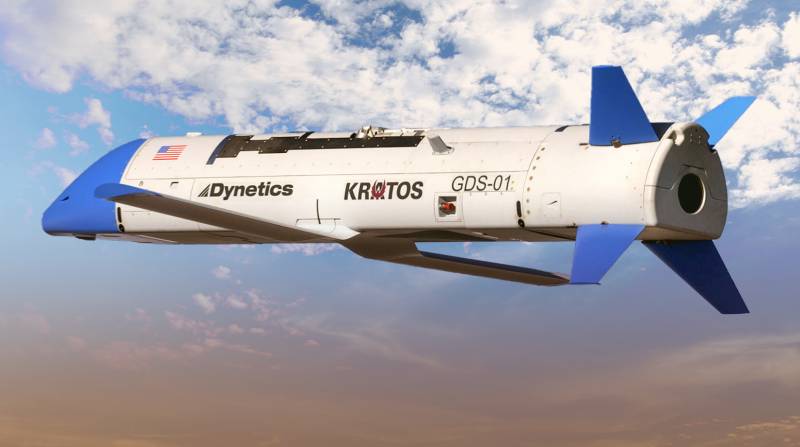
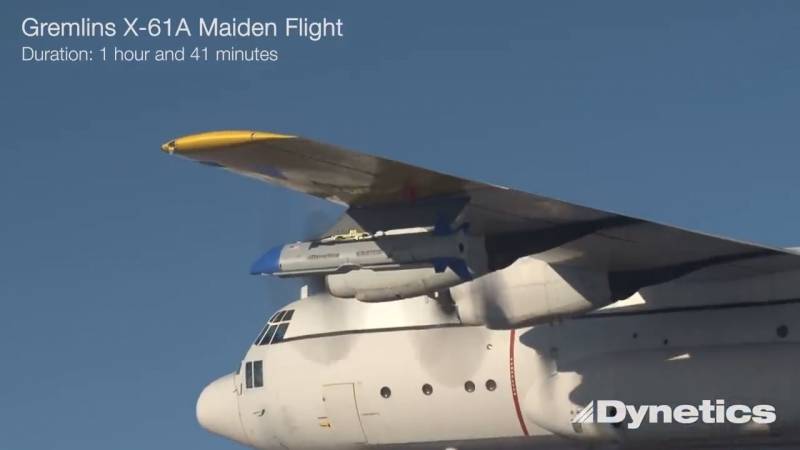
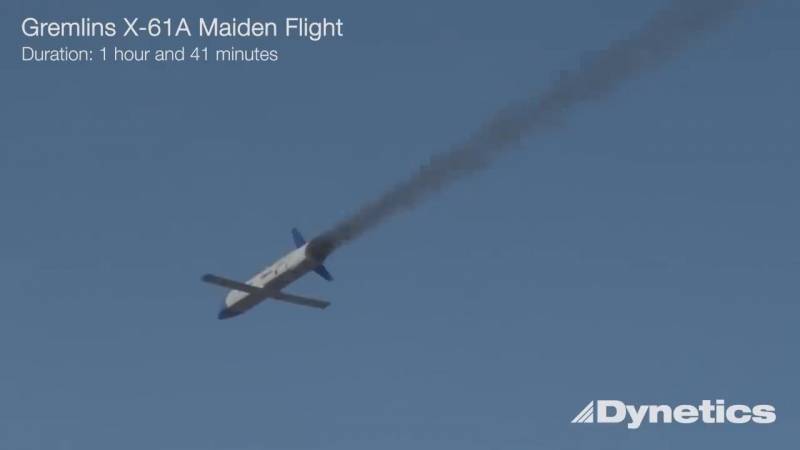
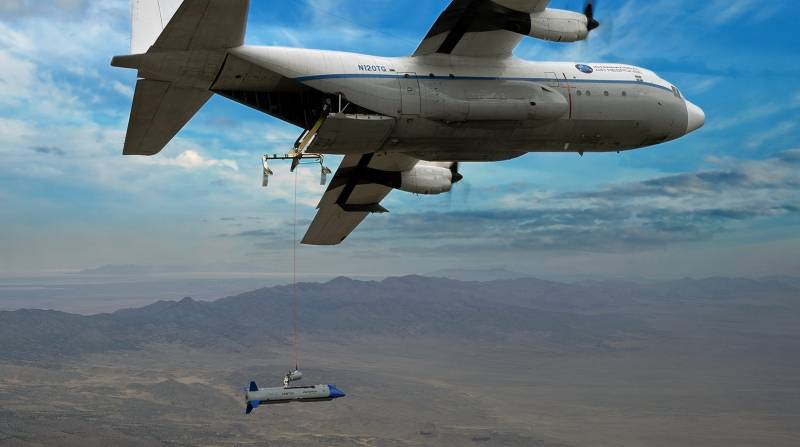
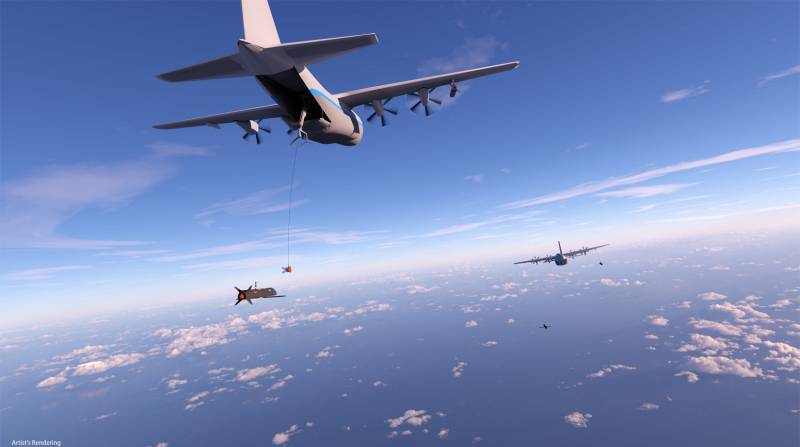
Information